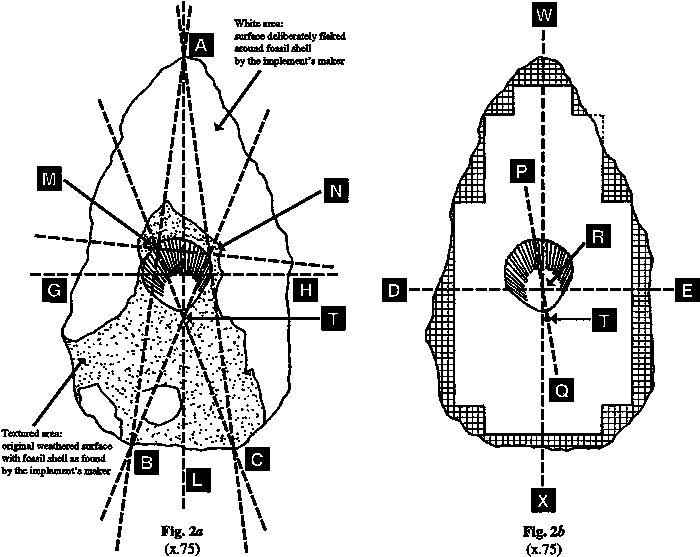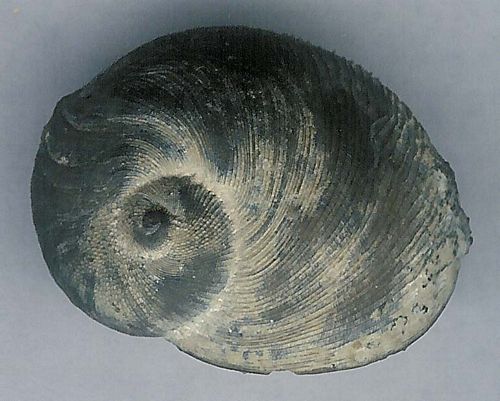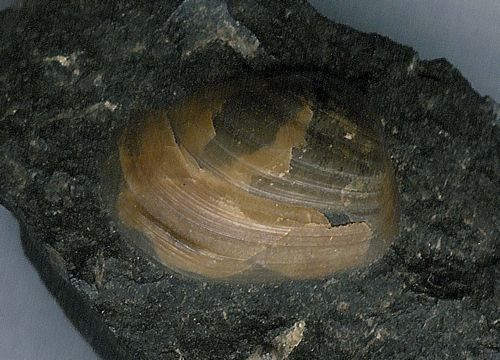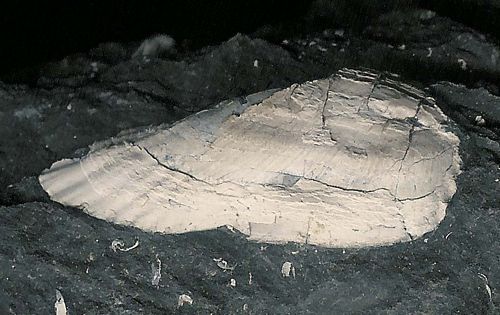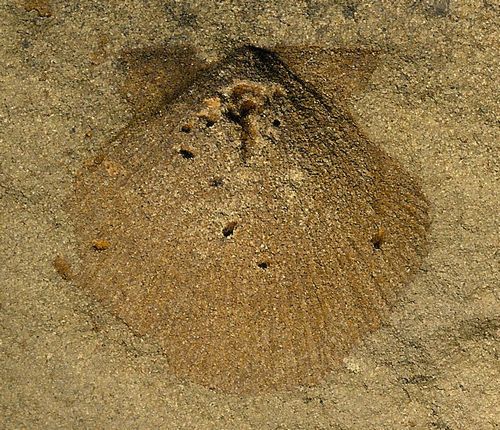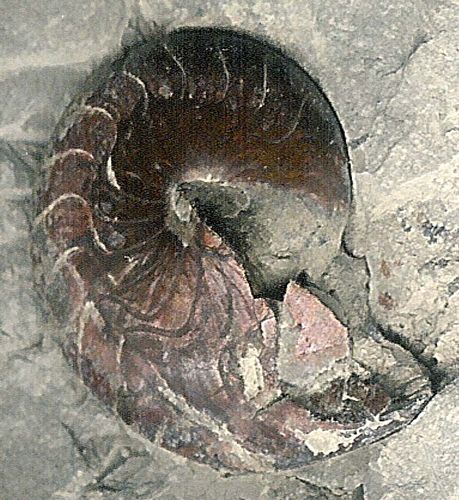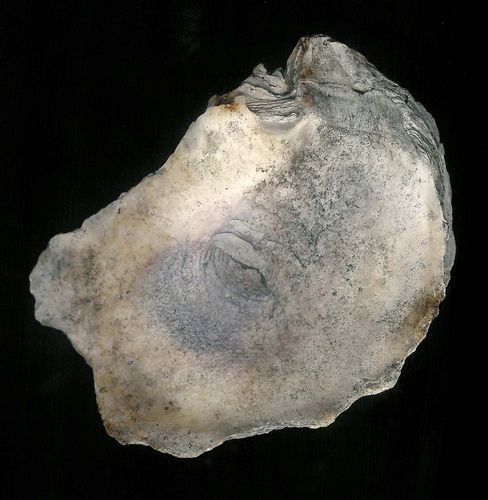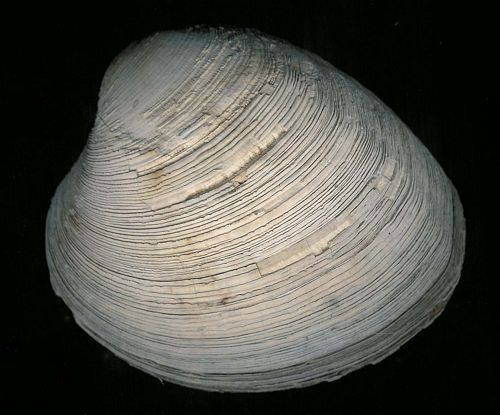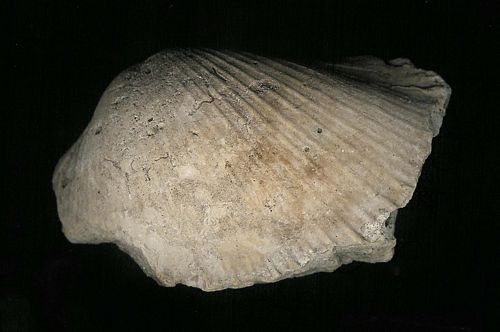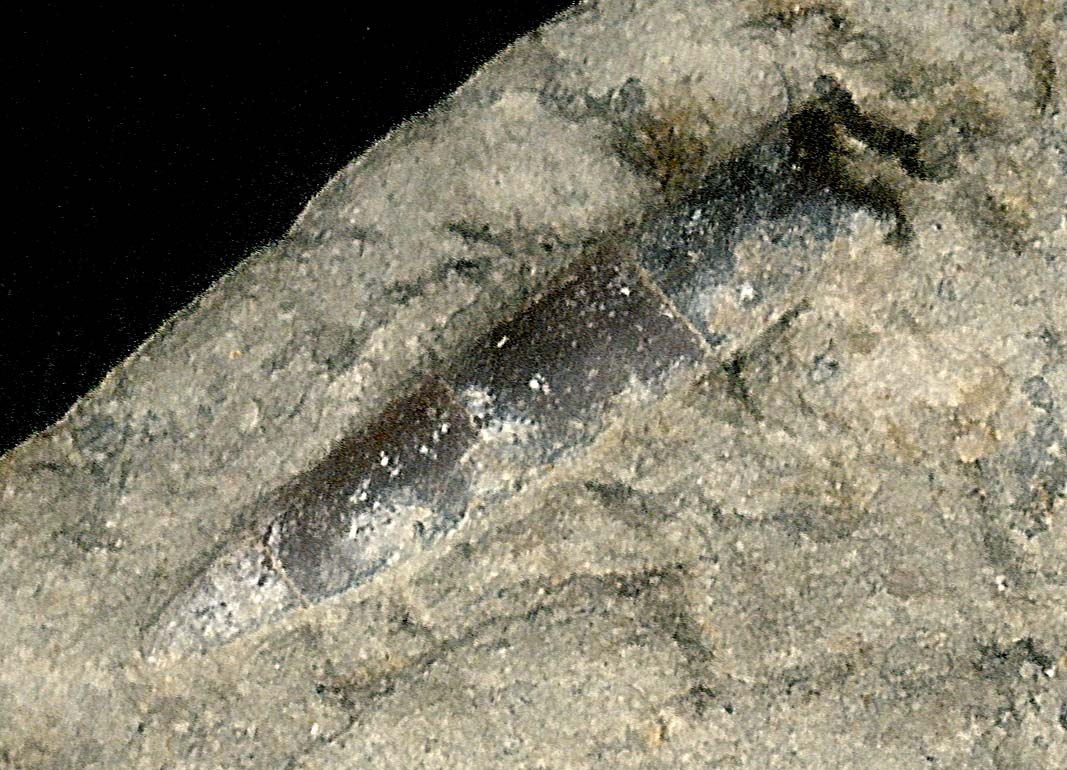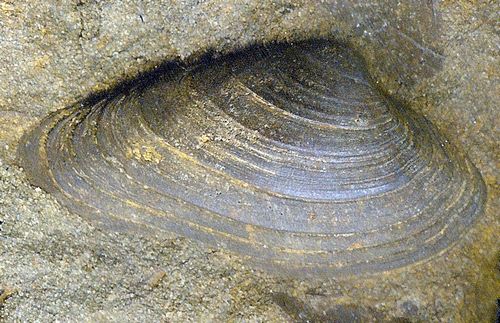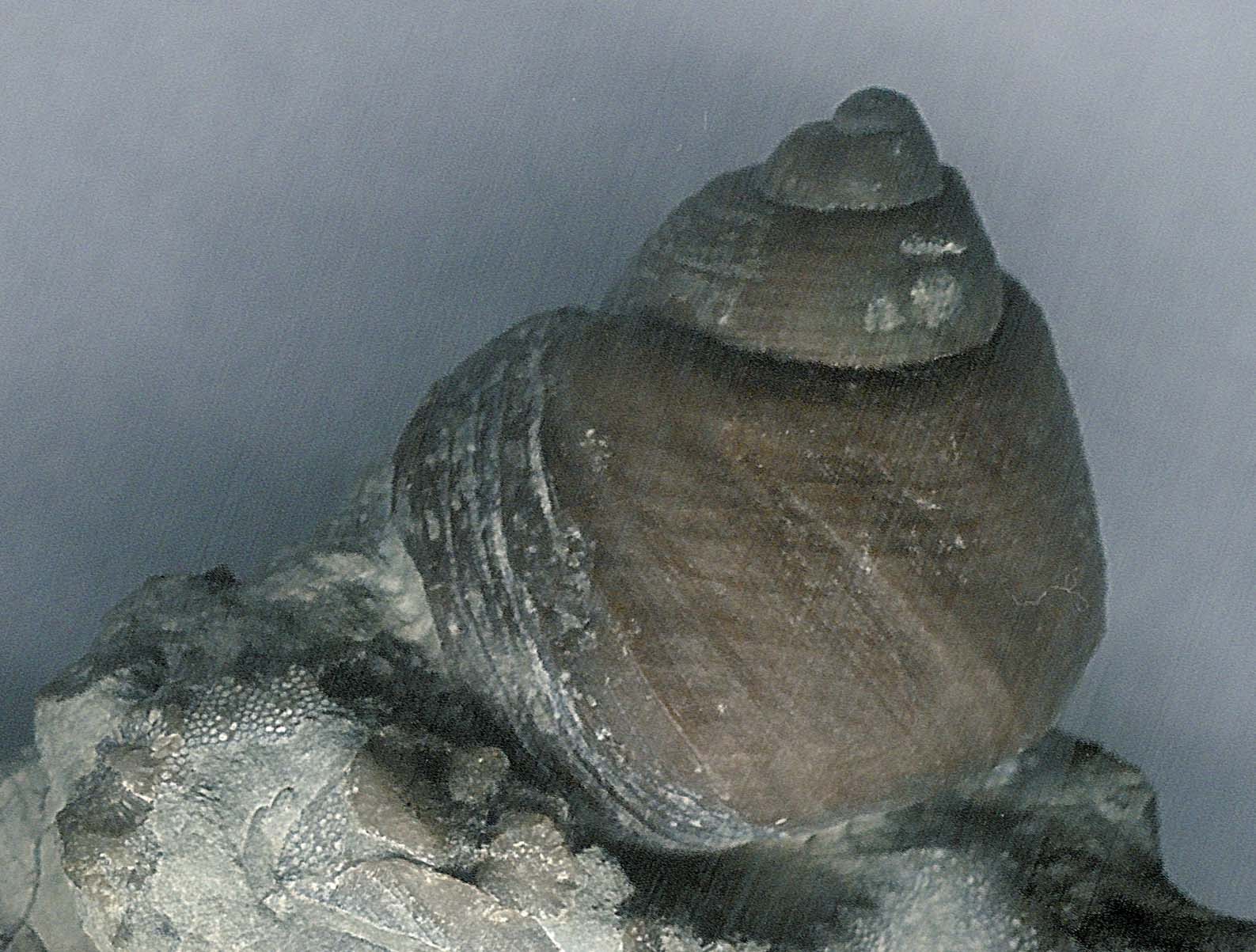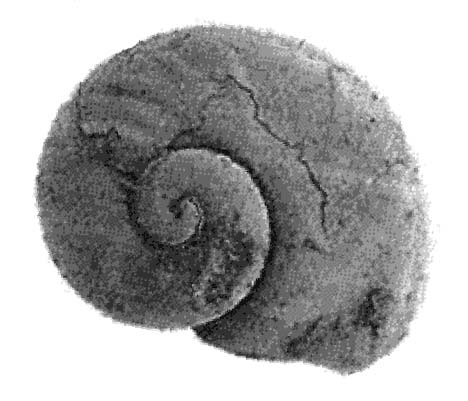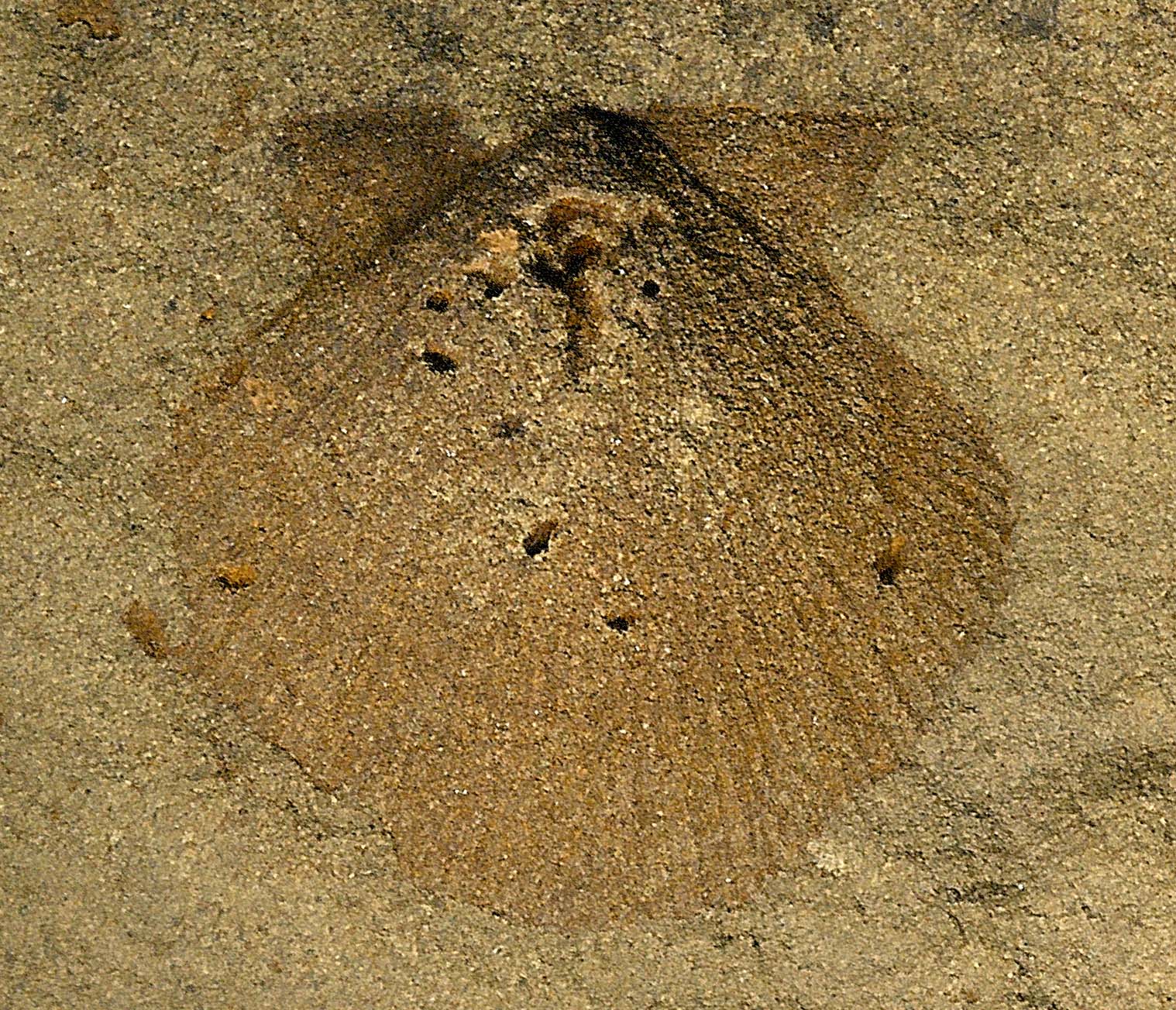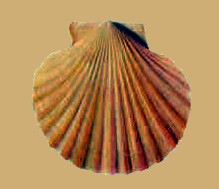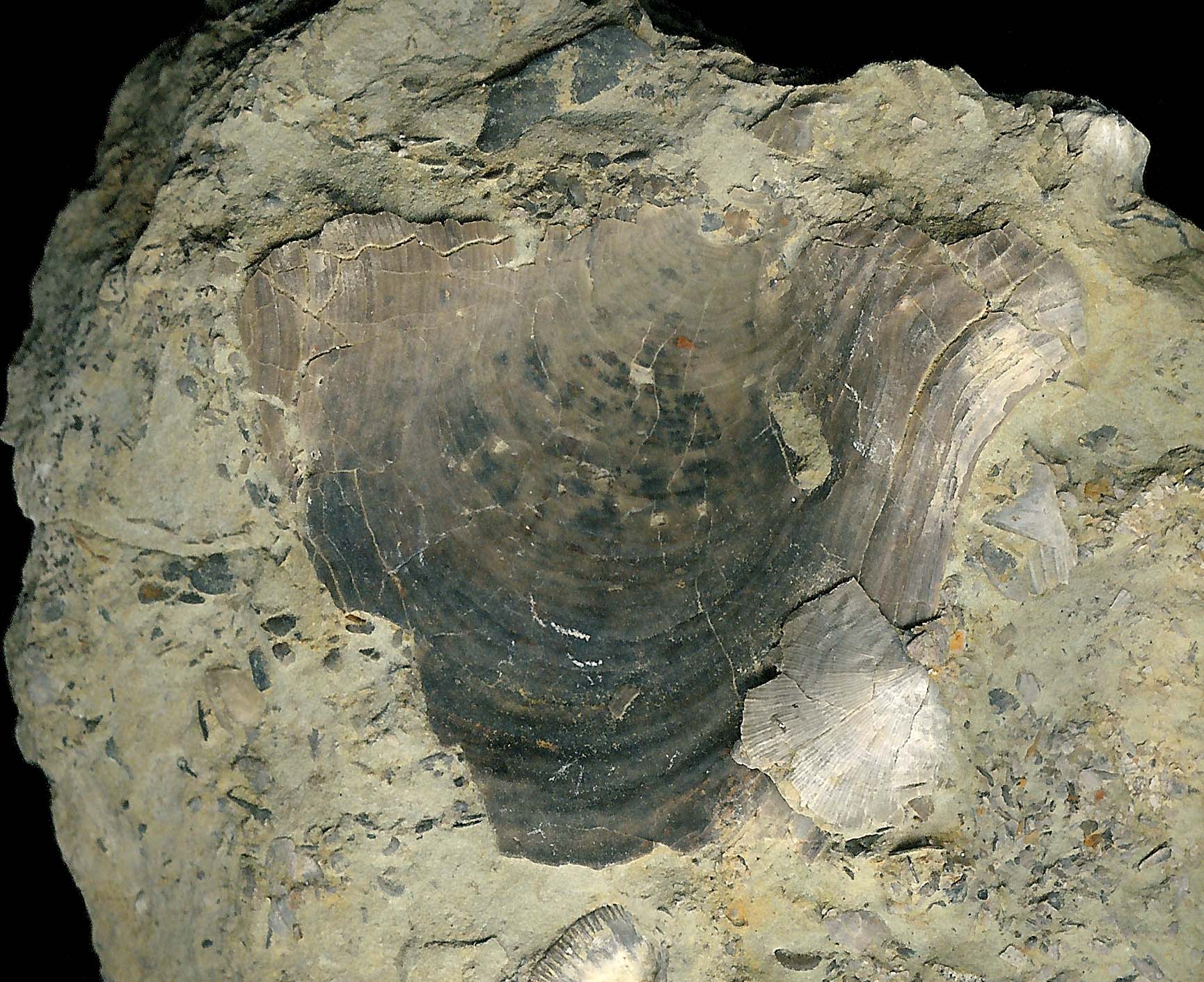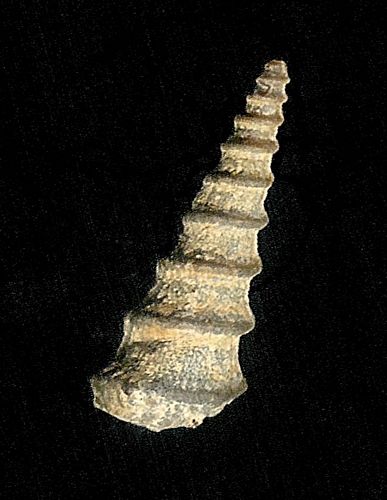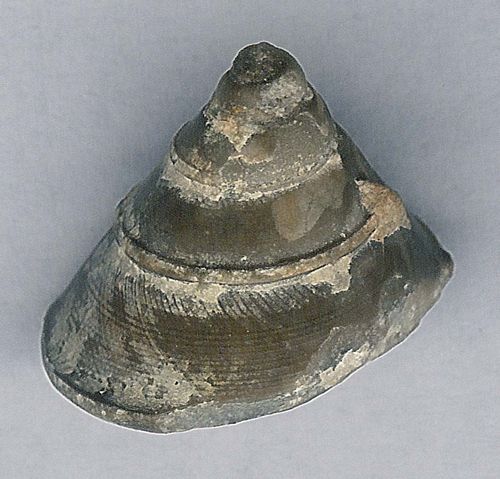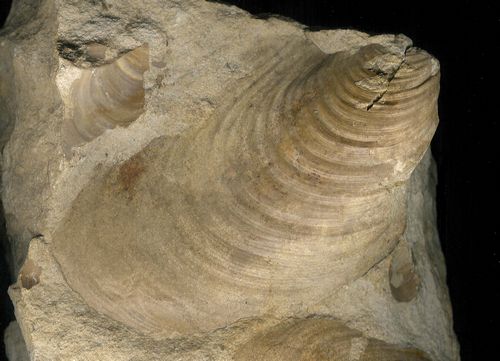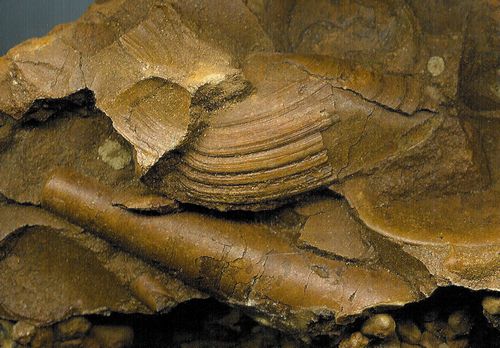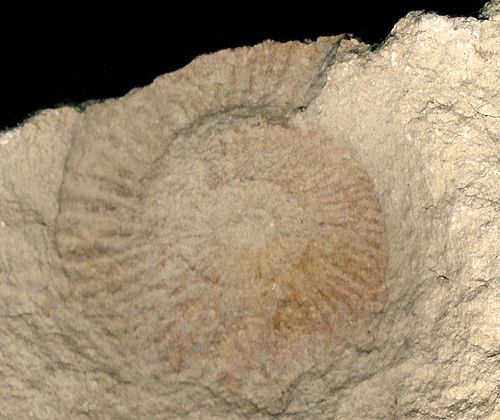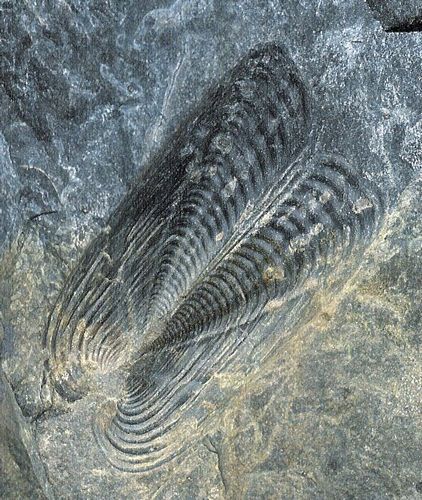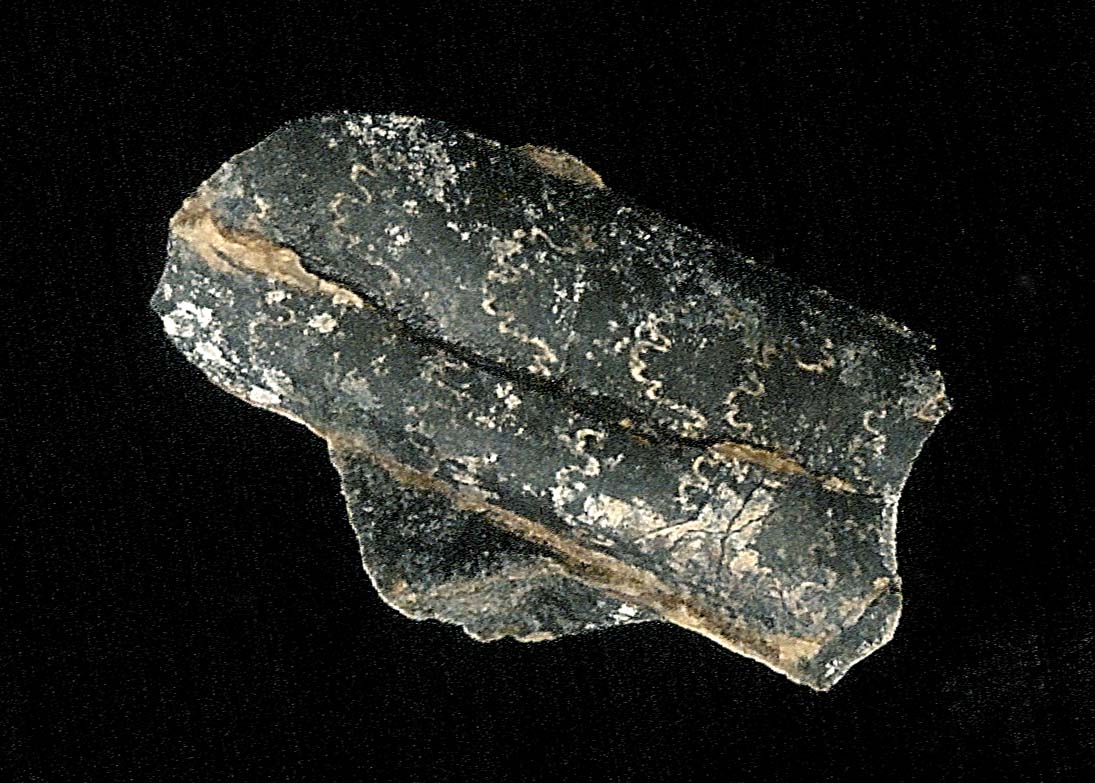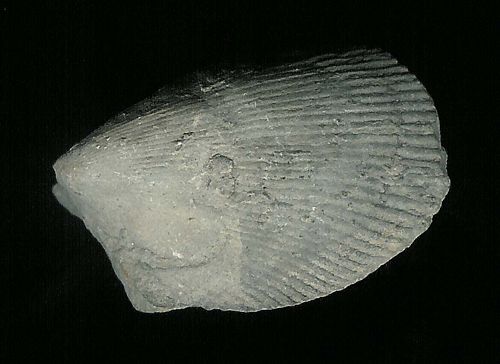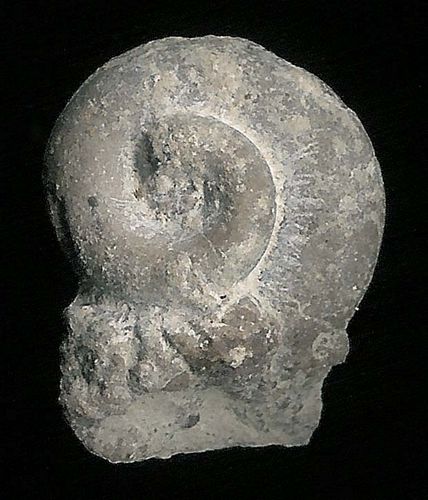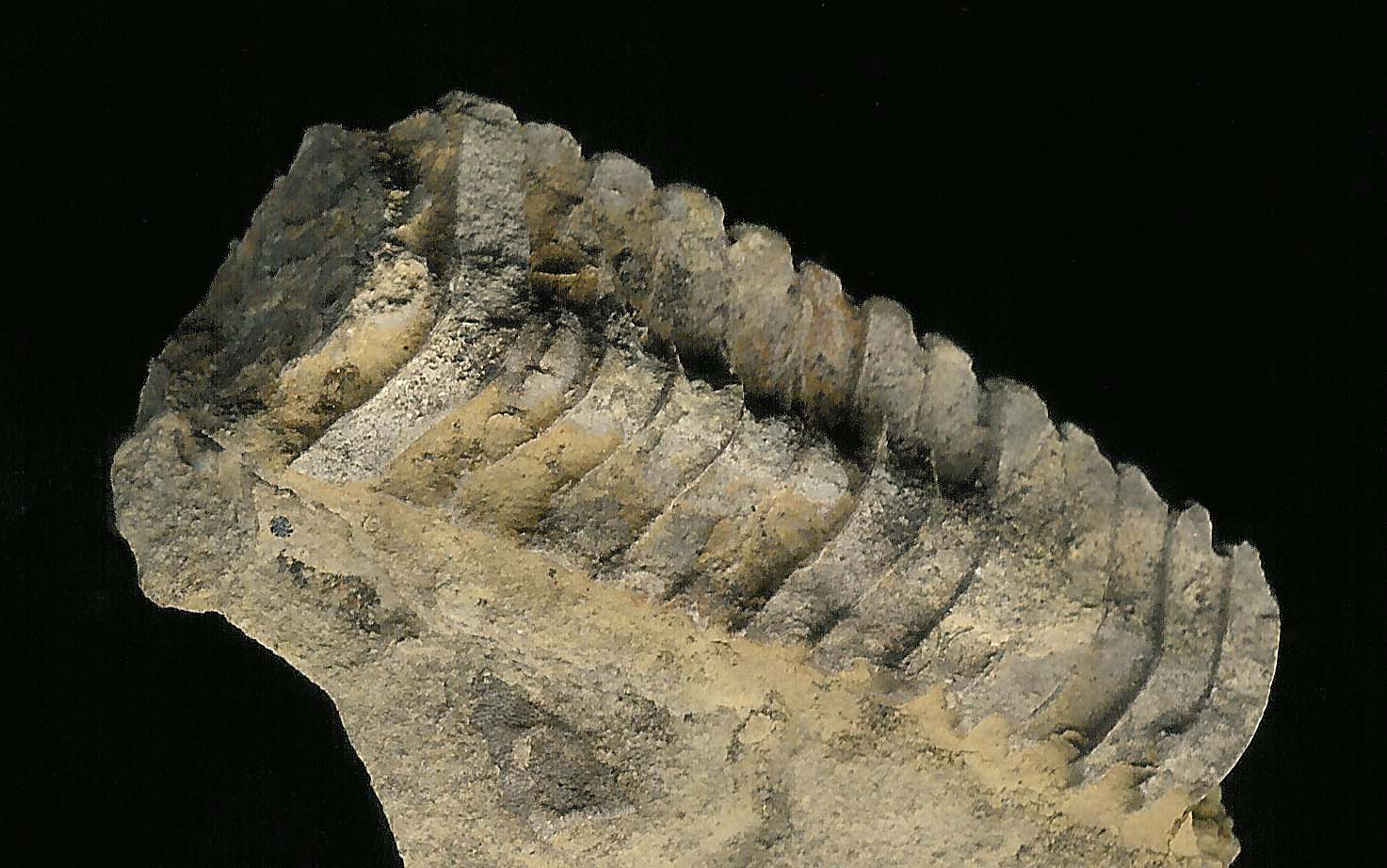|
Fig. 5.
Three fossil snails demonstrating a great continuity through time. Their combined classes extend from the Early Cambrian 542 million
years ago up to the Present. Such continuity, as with all fossils, is
concealed by Darwinism through unbridled diversion in the present
taxonomic system used in anthropology, paleontology, and biology.The system requires different groups to either be discovered or rhetorically created.
For instance, the top two fossils are not only called different
species, but different genera, different families, different orders,
and even different subclasses. The bottom fossil is regarded as a
different class entirely. Like with ammonites, think dog breeds, not different species. Bottom: Aldanella, class Helcionelloida, Cambrian, 542 million years old (Shaler & Foerste 1888). Middle: Platystoma, subclass Eogastropoda, 498 million years ago–Present, Silurian (recovered from formation by the author; see Fig. 2). Top: Naticopsis, subclass Orthogastropoda, 488.3 million years ago–Present (Natural History Museum).
|
|
| judicial and educational powers together, and force
Darwinism “as fact” on impressionable children trapped in
captive-audience classrooms before they learn critical thinking skills.
This underhanded action is a disgrace in science and a misuse of U.S. government authority in education. I am speaking of the Next Generation Science Standards (NGSS)
craftily formulated with the involvement of such institutions as the
American Association for the Advancement of Science (AAAS) forcing a
State ideology on children.
The
forcing of an ideology on children proves it is time for an external
investigation into how these organizations are getting away with
something that goes against the very nature of science—setting up a system to prevent conflicting evidence from being seen or discussed in the classroom.
The
NGSS spells it clear that U.S. children are to be rewarded for spouting
back and promoting the tenets of Darwinism. As a one-time child
scientist who had excellent non-propagandist grade school teachers (who
were also permitted to express their own opinions), I can state plainly
that the NGSS is set up to dominate the K-12 window during which time
children would normally develop critical thinking skills. See Mandatory U.S.-legislated indoctrination now in place—1st target, captive-audience children in K-12 classrooms (pdf) or html (PCN #28, March-April 2014).
In the first installment
(continued on page 16)
|
Genus
|
Former living fossils |
Range
|
Fossils recovered in situ by the author
|
Conocardium
(an extinct group of unique molluscs)
|
Unchanged
285 million years
Ordovician–Permian;
460.9–252.3 MYA |
Worldwide
|
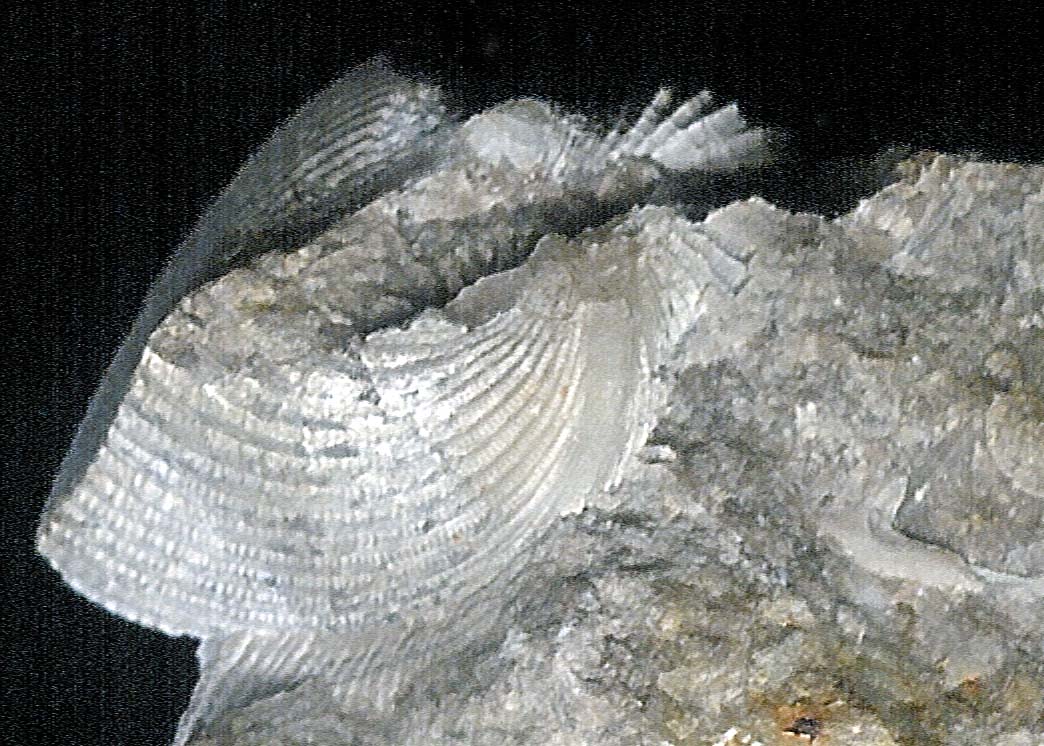
3/4" long (1.9 cm)
Conocardium; rec. in situ Devonian;
Whitehouse Quarry, Ohio
|
Michelinoceras
(a.k.a. Orthoceras, straight nautiloid cephalopod)
|
Unchanged
283 million years
Ordovician–Triassic;
488.3–205.6 MYA |
Worldwide
|
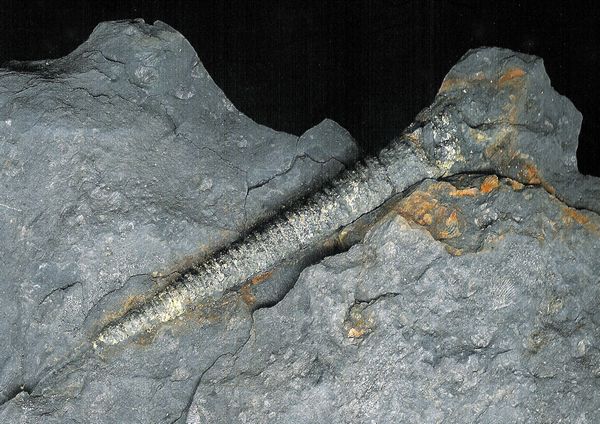
2 11/16" (6.8 cm)
Michelinoceras; Ordovician,
Newton-Hamilton, Pennsylvania
|
Tornoceratina
suborder
(coiled ammonite)
|
Unchanged
252 million years
Devonian–Cretaceous;
391.9–140.2 MYA |
Worldwide
|
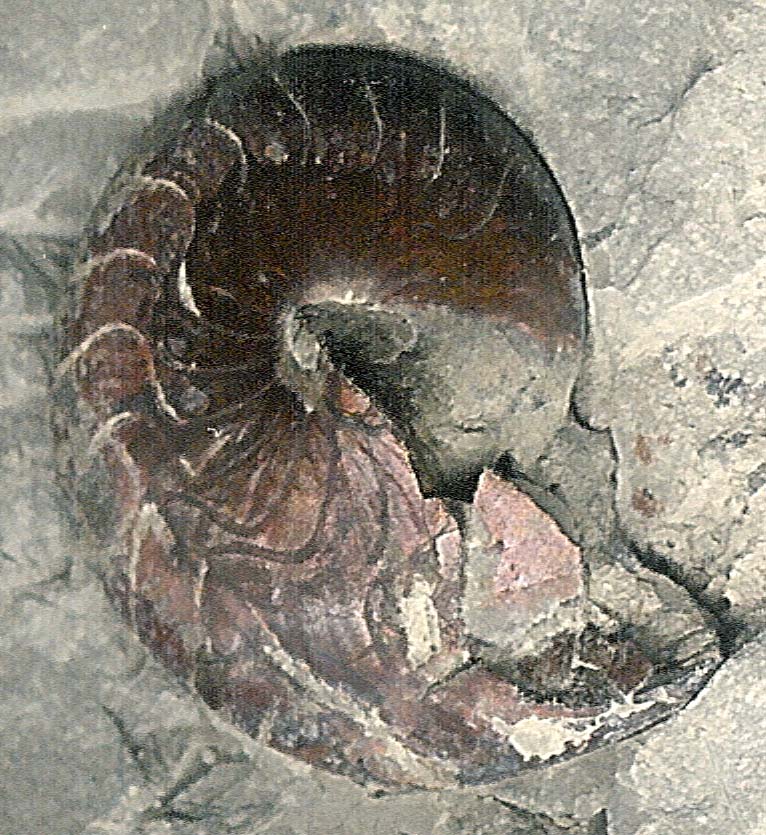
1/2" w (1.3 cm)
Tornoceras rec. in situ, Devonian;
Arkona, Ontario, Canada
|
Grammysioidea
superfamily
(clams)
|
Unchanged
250 million years
Ordovician–Triassic;
471.8–221.5 MYA |
Worldwide
|
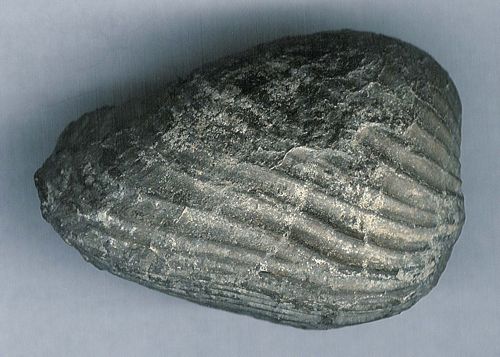
2" long (5.1 cm)
Grammysioidea; Devonian;
Pottsville, Pennsylvania
|
Tropidodiscus
(snail; compare synchronous age range
w/clam, Nuculites)
|
Unchanged
236 million years
Ordovician–Permian;
488.3–252.3 MYA |
Worldwide
|
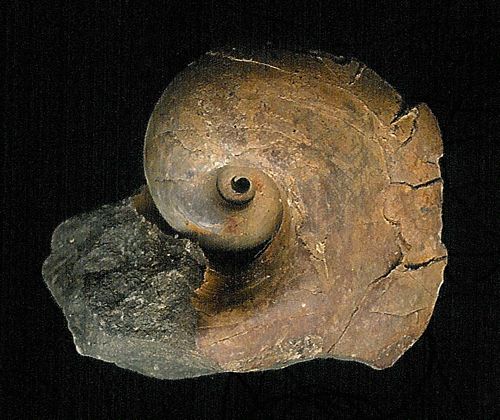
11/16" l (1.9 cm)
Tropidodiscus; in situ Devonian;
Seven Stars, Pennsylvania
|
Nuculites
(clam; compare synchronous age range
w/snail, Tropidodiscus)
|
Unchanged
236 million years
Ordovician–Permian;
488.3–252.3 MYA |
Worldwide
|
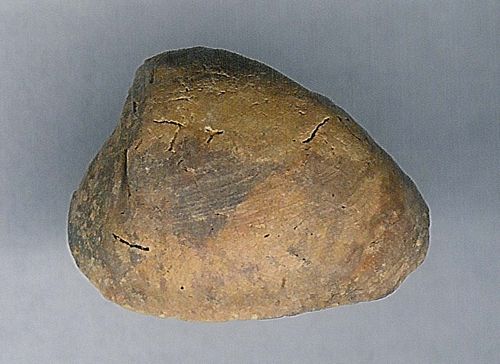
3/4" long (1.9 cm)
Nuculites; rec. in situ Devonian;
Seven Stars, Pennsylvania
|
Platyceras
(snail)
|
Unchanged
222 million years
Silurian–Triassic;
443.7–221.5 MYA |
Worldwide
|
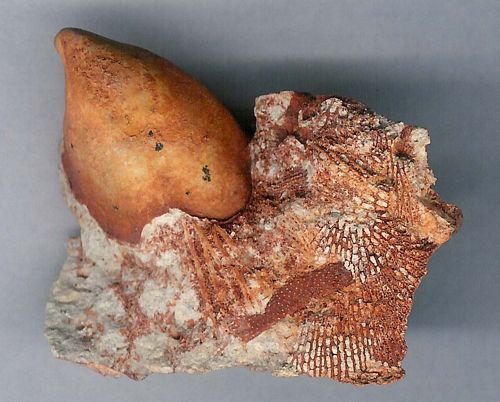
3/4" wide (1.9 cm)
Platyceras; rec. in situ Mississippian;
Mt. Vernon, Missouri
|
Modiomorpha
(clam)
|
Unchanged
214 million years
Ordovician–Triassic;
455.8–242.3 MYA |
Worldwide
|
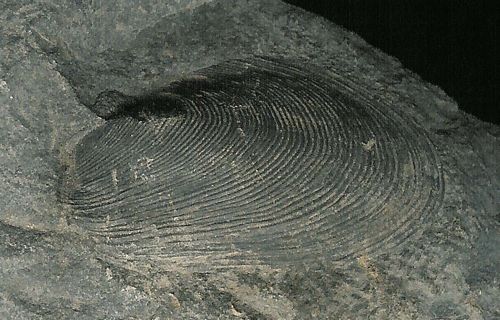
1 1/2" l (3.8 cm)
Modiomorpha; in situ Devonian;
Pottsville, Pennsylvania
|
Edmondia
(clam)
|
Unchanged
205 million years
Ordovician–Triassic;
457.5–252.3 MYA |
Worldwide
|
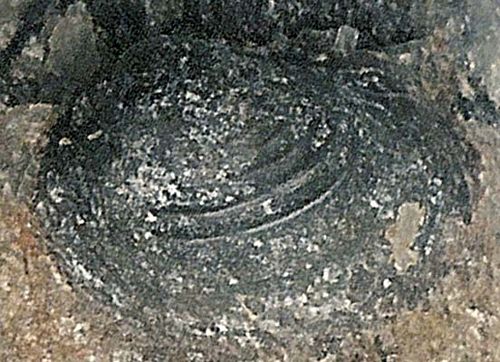
7/16" (1 cm)*
Edmondia; rec. in situ author Pennsylvanian, Pennsylvania
|
Allorisma
(clam)
|
Unchanged
166 million years
Silurian–Permian;
418.7–252.3 MYA |
Worldwide
|
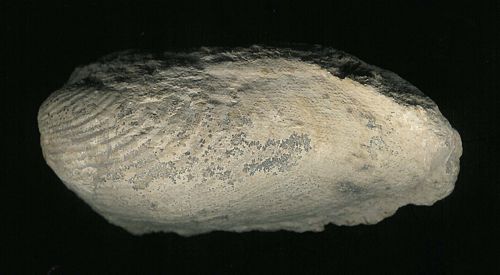
3 3/8" (8.8 cm)
Allorisma; in situ; Pennsylvanian;
Junction City, Kansas
|
Tentaculites
(an extinct group of unique molluscs)
|
Unchanged
162 million years
Ordovician–Carboniferous;
488.3–326.4 MYA |
Worldwide
|
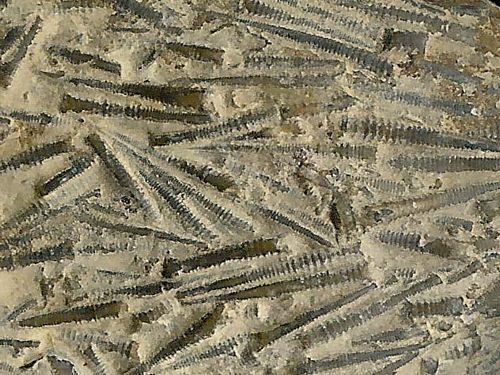
7/16" ea (1 cm)
Tentaculites; rec. in situ Devonian;
Arkona, Ontario
|
|
Fig. 4.
Continuing
examples of well established living fossils with astounding existence
ranges and no morphing between genera. Despite Darwinism forced on the
public this is the truth of the fossil record. Date ranges are agreed
to by international consensus.
*Size corrected from pdf version.
|
|
|
